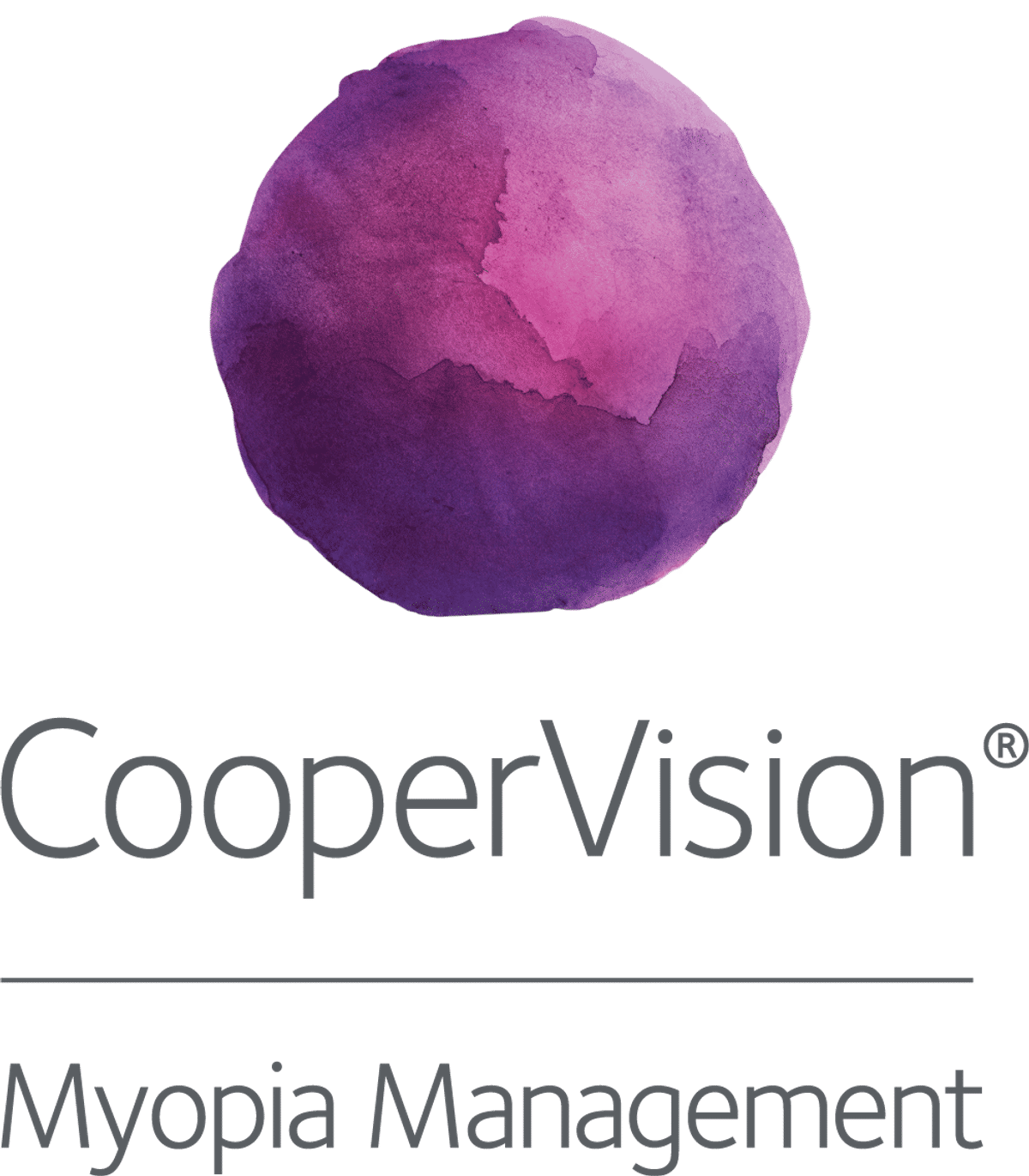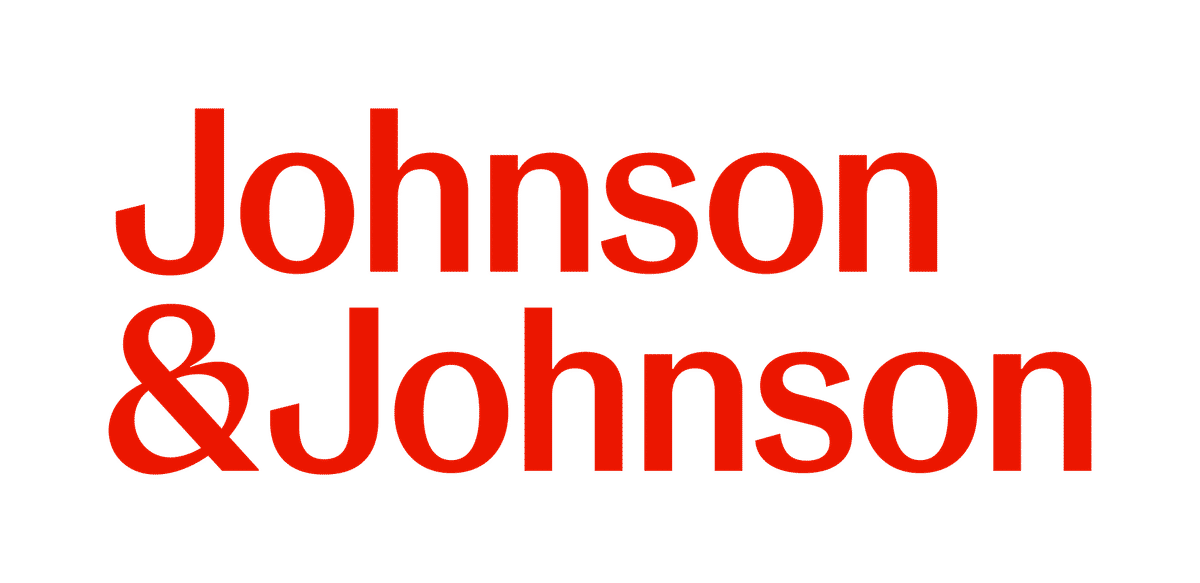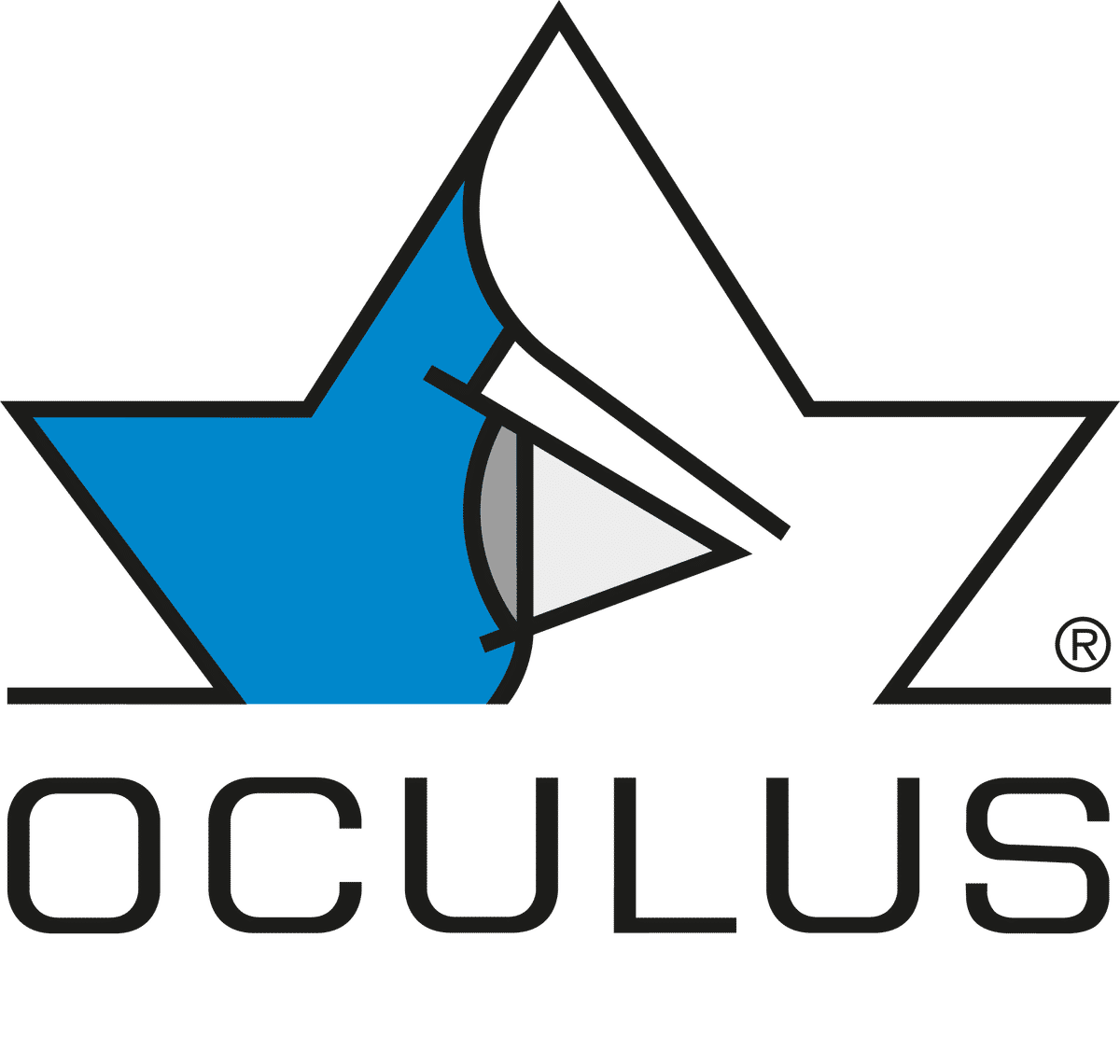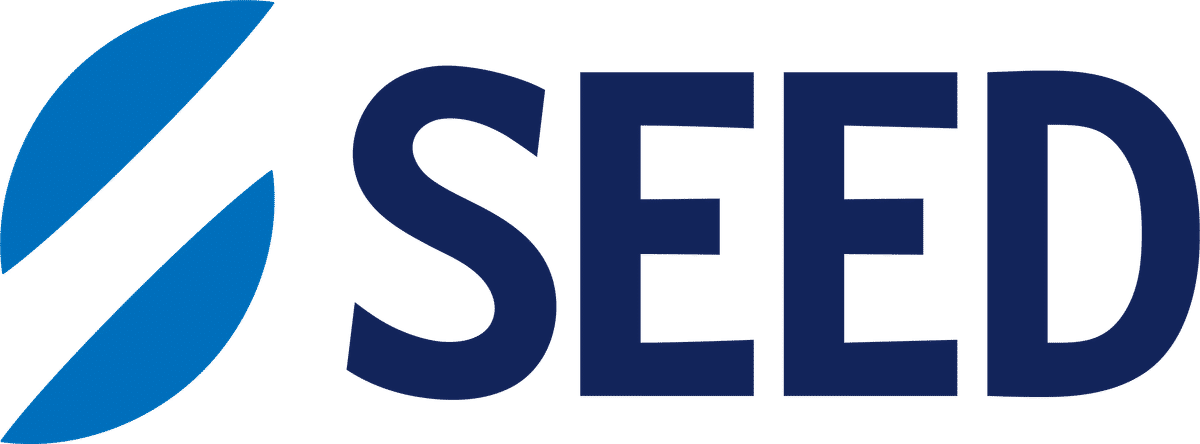Science
Essilor Stellest lenses effective for pre-myopia with adequate wear

In this article:
This study examined 105 non-myopic Chinese children aged 4–9 years wearing plano Essilor Stellest lenses. Axial elongation slowed by 0.31 mm/year and refractive change shifted by +0.42 D/year, based on annualised data comparing pre- and post-treatment periods. Longer daily wearing time (>6 hours per day) was associated with greater reduction in axial elongation.
Paper title: Effectiveness of spectacle lenses with highly aspherical lenslets in slowing axial elongation among non-myopic children
Authors: Wang L (1), Wong YL (2), Drobe B (2), Wang X (1)
- Children's Ophthalmology and Optometry Clinic, Wellem Medical Group, Shanghai, China
- Research and Development Centre, EssilorLuxottica, Singapore, Singapore
Date: Published online May 22, 2025
Reference: Wang L, Wong YL, Drobe B, Wang X. Effectiveness of spectacle lenses with highly aspherical lenslets in slowing axial elongation among non-myopic children. Clin Exp Optom. 2025 May 22:1-7.
Summary
Spectacle lenses with highly aspheric lenslets (HAL), commercially known as Essilor Stellest, are an established intervention for controlling myopia progression in myopic children. In terms of preventing myopia onset in at-risk non-myopic children, the effectiveness of HAL lenses is still being examined.
A prior randomized controlled trial
In this retrospective study, medical records of 105 non-myopic children (mean age 6.8 years, mean SER +0.22 D, mean axial length 23.1 mm) from Shanghai, China, were reviewed. Children were instructed to wear plano HAL spectacle lenses for at least 3 hours per day, especially during near work. Annualised rates of axial elongation and spherical equivalent refraction (SER) before and after starting plano HAL lenses were compared, with pre-treatment rates serving as control.
Key findings were as follows.
- HAL spectacle lenses slowed axial elongation by 0.31 mm/year – from an annualised pre-treatment axial length change of +0.44mm/year to +0.13mm/year post-treatment.
- SER progression slowed by 0.42 D/year, from a myopic annualised pre-treatment SER change (−0.28D/year) to a hyperopic post-treatment SER change (+0.14D/year).
- Longer daily wearing time (>6 hours per day) was associated with greater reduction in axial elongation.
- A small proportion of children (4.8%) exhibited axial shortening, and one-third showed clinically meaningful SER regression after treatment.
What does this mean for my practice?
Plano HAL spectacle lenses appear to be a viable intervention for children with pre-myopia. In the study, this was defined by non-myopic refraction combined with either fast axial elongation (≥0.2 mm over 6 months) or low hyperopia reserve (non-cycloplegic SER ≤ +0.50 D).
Pre-myopia is characterised by non-myopic refraction alongside risk factors such as low hyperopic reserve, which increase the likelihood of myopia development.
The effectiveness of plano HAL lenses in reducing axial elongation and SER progression in pre-myopic children was conditional upon at least 6 hours per day of wear daily. The dose-response relationship observed in this study aligns with previous randomized trials involving low-hyperopic children
This reinforces the importance of educating patients about meeting the recommended daily wearing time, in order to maximize treatment efficacy.
What do we still need to learn?
There were several limitations to this study.
Treatment effects could have been overestimated due to selection bias from a higher-risk sample. There was also differential loss to follow-up to account for, as children with less favourable outcomes might have discontinued treatment early. Cycloplegia was not performed either, limiting the accuracy of SER measurements and assessing the progression of SER over time.
Lens wearing time was self-reported by parents (rather than objectively measured), which is prone to recall bias and may not reflect actual wear. Treatment effect was compared against pre-treatment data instead of a historical control group, which limits the usefulness of these results.
Abstract
Clinical relevance: Spectacle lenses with aspherical lenslets are effective in controlling axial elongation and slowing myopia progression in children with myopia, and its effectiveness may extend to children at risk of developing myopia.
Background: This study aims to examine the effectiveness of plano highly aspherical lenslets (HAL) spectacle lenses in slowing down axial elongation and spherical equivalent refraction (SER) progression among non-myopic children, using retrospective data records.
Methods: This retrospective study included data from medical records from an eye hospital network (Wellem Group) in Shanghai, China. Non-myopic children (non-cycloplegic SER between >-0.50 and ≤+0.75 D) aged 4–9 years, prescribed plano HAL lenses, were reviewed (N = 147). With available data prior to intervention, annualised changes in axial length and SER before and after wearing plano HAL lenses were computed. Effectiveness was evaluated with pre-treatment rates acting as controls, and differences in changes over time were calculated.
Results: A total of 105 non-myopic children were prescribed plano HAL lenses and had both pre-treatment and post-treatment visits (≥6 months). The mean ±SD age, SER, and axial length was 6.8 ± 1.3 years, 0.22 ± 0.29 D, and 23.1 ± 0.7 mm, respectively. The mean ±SE axial length and SER pre-treatment change was +0.44 ± 0.01 mm/year and −0.28 ± 0.03 D/year, respectively. After treatment, the mean axial length and SER change were +0.13 ± 0.01 mm/year and +0.14 ± 0.03 D/year, respectively. The mean difference in axial length and SER change over time was significantly different at −0.31 ± 0.02 mm/year and 0.42 ± 0.06 D/year, respectively (both p < 0.001). Lens wearing time was significantly associated with difference in axial length change over time (R² = 0.19, p < 0.001).
Conclusion: Plano HAL lenses are effective in slowing axial elongation and SER progression among non-myopic children aged 4–9 years, which can potentially help in delaying myopia onset.
Meet the Authors:
About Brian Peng
Brian is a clinical optometrist based in Sydney, Australia. He graduated from the University of New South Wales and was awarded the Research Project Prize for his work on myopia. He has a keen interest in myopia-related research, industry, and education.
Read Brian's work on our My Kids Vision website, our public awareness platform. Brian also works on development of various new resources across MyopiaProfile.com.
References
- Zhang Z, Zeng L, Gu D, et al. Spectacle Lenses With Highly Aspherical Lenslets for Slowing Axial Elongation and Refractive Change in Low-Hyperopic Chinese Children: A Randomized Controlled Trial. Am J Ophthalmol. Jan 2025;269:60-68. [link]
- Bao J, Huang Y, Li X, et al. Spectacle Lenses With Aspherical Lenslets for Myopia Control vs Single-Vision Spectacle Lenses: A Randomized Clinical Trial. JAMA Ophthalmol. May 2022;140(5):472-478. [link]
Enormous thanks to our visionary sponsors
Myopia Profile’s growth into a world leading platform has been made possible through the support of our visionary sponsors, who share our mission to improve children’s vision care worldwide. Click on their logos to learn about how these companies are innovating and developing resources with us to support you in managing your patients with myopia.












